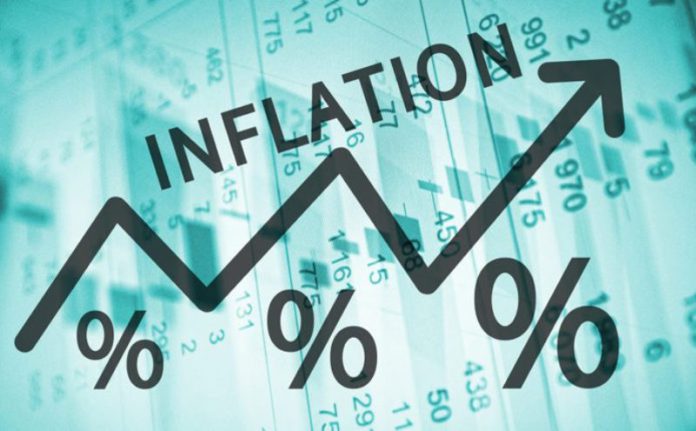Inflation shot up to 15.7% in February 2022, as a result of significant jump in food prices, the Ghana Statistical Service has disclosed in its Consumer Price Index report.
The rate is the highest since 2016 and confirms reports that food prices will continue to soar because of the Russia-Ukraine war.
According to the data from the GSS, the drivers for the surge in inflation were Housing, Water, Electricity and Gas (25.4%); Transport (18.3%) as well as Food and Non-alcoholic beverages (17.4%).
Indeed, food inflation regained its dominance, recording 17.4% year-on-year inflation, as against 14.5% by non-food inflation.
In January 2021, food inflation was 13.7% as against 14.1% for non-food inflation.
The items that contributed to the rise in inflation are Water (24.8%), Oils and Fats (23.5%) and Cereal Products (20.3%).
The rising price of cereals may be attributed to largely the Russian-Ukraine war. Ukraine is said to be one of the leading producers of cereals in the world.
Inflation for locally produced items was however 16.7%, whilst that of imported items was 12.9%
Greater Accra records highest inflation of 19.5%
The Greater Accra region recorded the highest rate of inflation of 19.5%, indicating that the cost of living is the highest among the 16 regions of the country.
It was followed by Brong Ahafo and Northern regions with inflation rates of 15.4% respectively.
The region with the lowest inflation rate was Western with 11.6%.
For food inflation, the Volta region recorded the lowest inflation rate of 13.3%.
However, all the regions recorded very high inflation rate for food.
For non-food inflation, the Upper West region recorded the lowest inflation rate of 5.9%.

